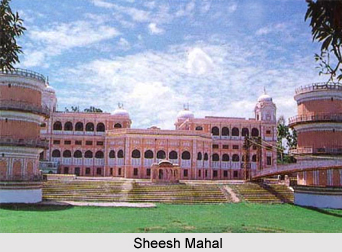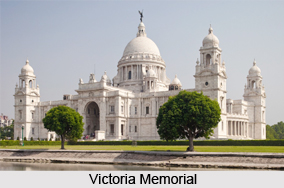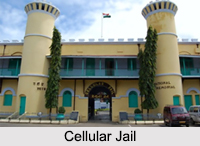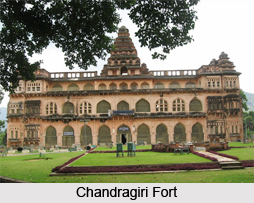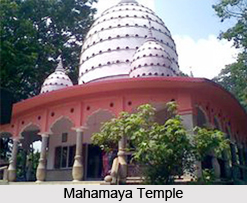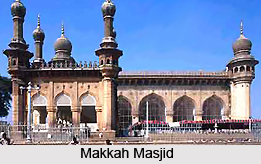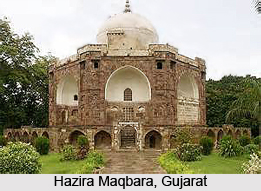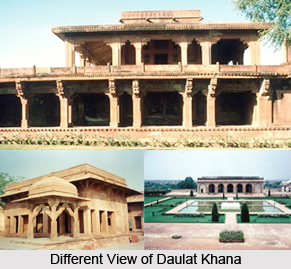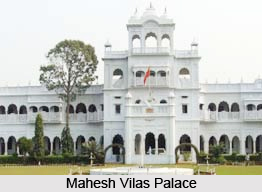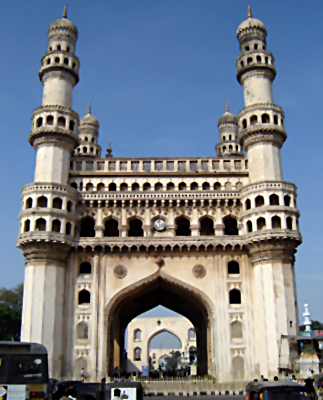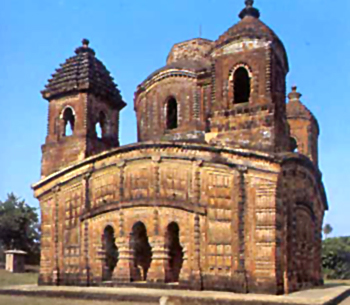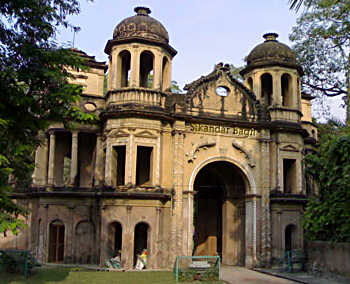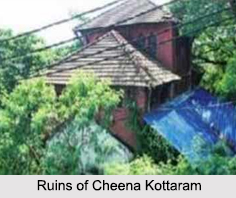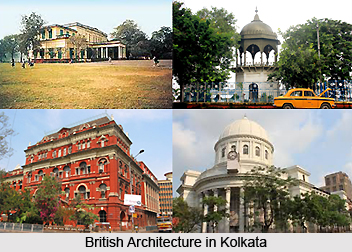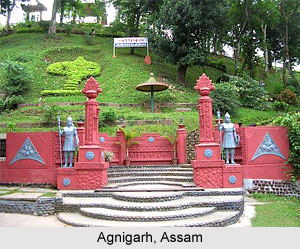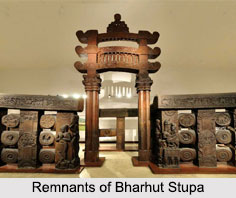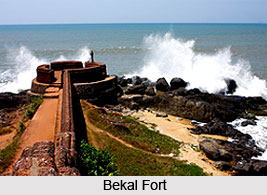 History of Bekal Fort dates back to the period of Nayakas. Standing in the Kasaragod district of Kerala, it is accredited as the largest fort of the state. It was built by Shivappa Nayaka of Bednore in 1650 AD. Bekal was included in Mahodayapuram during the Perumal Age. The Kodavalam inscription of the king of Mahodayapuram, Bhasakara Ravi II, mentions the undisputed political scenario over the region during ancient time. By 12th century AD the political downfall of Mahodayapuram Perumals occurred and the region of North Kerala including Bekal became a part of the sovereignty of Mushika or Kolathiri or Chirakkal royal family. This was recognized as the secondary royal family to the Cheras, Pandyas and Cholas respectively during that era. This greatly enhanced the maritime significance of Bekal and it emerged as an important port town of Malabar and Tulunadu.
History of Bekal Fort dates back to the period of Nayakas. Standing in the Kasaragod district of Kerala, it is accredited as the largest fort of the state. It was built by Shivappa Nayaka of Bednore in 1650 AD. Bekal was included in Mahodayapuram during the Perumal Age. The Kodavalam inscription of the king of Mahodayapuram, Bhasakara Ravi II, mentions the undisputed political scenario over the region during ancient time. By 12th century AD the political downfall of Mahodayapuram Perumals occurred and the region of North Kerala including Bekal became a part of the sovereignty of Mushika or Kolathiri or Chirakkal royal family. This was recognized as the secondary royal family to the Cheras, Pandyas and Cholas respectively during that era. This greatly enhanced the maritime significance of Bekal and it emerged as an important port town of Malabar and Tulunadu.
Construction of Bekal Fort
In 1565, the decline of the Vijayanagara Empire was brought about by the battle of Talikota. Owing to this, a number of feudatory chieftains gained political prominence including Ikkeri Nayaks. These Nayakas later annexed the region of Tulunadu for its economic and political significance. Bekal served as an important centre for establishing the rule of Nayakas in Malabar. Thus this important port town Bekal was fortified by the Nayakas. The construction was initiated by Hiriya Venkatappa Nayaka and it got completed during the regime of Shivappa Nayaka. To defend the port town from foreign attack and also to strengthen their assault on Malabar, Bekal fort was completed in a speedy manner.
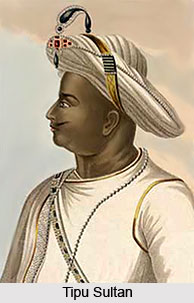 Bekal Fort under Mysore Kings
Bekal Fort under Mysore Kings
There were constant struggles between Nayaks and Kolathiries to gain authority over Bekal. This dispute ended with the rise of Hyder Ali who ultimately captured the region and Bekal fort came under the rule of Mysore kings. Subsequently Bekal emerged as a significant military station of Tipu Sultan who then led a military expedition to conquer Malabar. The antiquities excavated from Bekal fort have proved the strong presence of Mysore Sulthans in the region. In 1799, the demise of Tipu Sultan in Fourth Anglo-Mysore War once again altered the authority of the fort which subsequently went to the British East India Company.
Bekal Fort under British India
After annexation by the British, Bekal served as the headquarters of the newly established Bekal Taluk in South Canara district in Bombay presidency. After this, gradually, Bekal fort started to lose its economic and political significance bringing about its decline. Presently Bekal fort is under the Archaeological Survey of India which looks after its preservation and maintenance.
